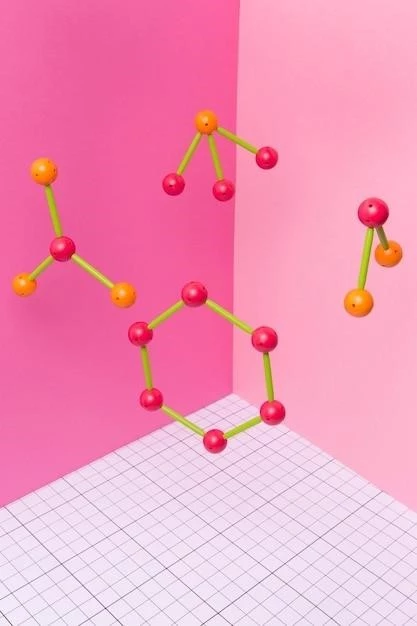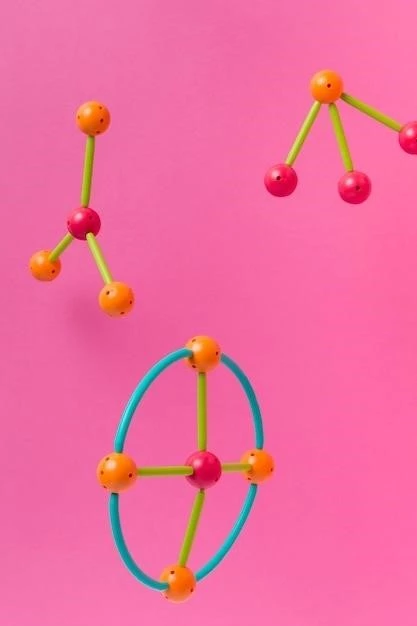The Science of Attachment: Why We Form Strong Bonds
From the moment we are born‚ humans are inherently driven to seek connection and form bonds with others. This fundamental need for attachment is not merely a matter of emotional comfort; it is deeply rooted in our biology and evolutionary history. This intricate system‚ known as attachment theory‚ profoundly influences our emotional development‚ shapes our relationships throughout our lifespan‚ and impacts our overall well-being.

The Evolutionary Basis of Attachment
Attachment theory‚ pioneered by John Bowlby‚ a British psychiatrist and psychoanalyst‚ posits that the human infant is born with an innate drive to seek proximity to a caregiver for protection and survival. This drive‚ termed as the attachment behavioral system‚ is believed to have evolved as an adaptive mechanism to ensure the survival of the vulnerable infant in the face of threats and predators.
In the evolutionary context‚ infants who stayed close to their caregivers were more likely to survive to adulthood and pass on their genes. This selection pressure favored the development of a system where infants instinctively seek proximity to a protective figure‚ particularly during times of distress or uncertainty.
The Building Blocks of Attachment: Early Caregiving Experiences
The quality of early caregiving experiences plays a pivotal role in shaping the development of attachment patterns. When a caregiver is consistently responsive‚ nurturing‚ and attuned to the infant’s needs‚ the infant develops a sense of security‚ knowing that their caregiver is a reliable source of comfort and protection. This secure attachment style forms the foundation for healthy emotional and social development.
However‚ when caregiving is inconsistent‚ neglectful‚ or abusive‚ the infant’s sense of security is undermined‚ leading to the development of insecure attachment patterns. These patterns‚ characterized by anxiety‚ avoidance‚ or a combination of both‚ can have long-lasting impacts on the individual’s relationships‚ emotional regulation‚ and sense of self.
The Different Styles of Attachment
Research conducted by Mary Ainsworth‚ a developmental psychologist‚ identified four primary attachment styles:
- Secure Attachment: Individuals with a secure attachment style feel comfortable with intimacy and interdependence. They trust their partners‚ communicate their needs effectively‚ and seek support when needed. Securely attached individuals tend to have more stable and fulfilling relationships.
- Anxious-Preoccupied Attachment: Characterized by a strong desire for closeness and a fear of abandonment. Individuals with this attachment style often experience anxiety and insecurity in relationships‚ craving constant reassurance and validation from their partners.
- Dismissive-Avoidant Attachment: Individuals with this style tend to suppress their emotions and maintain emotional distance in relationships. They may prioritize independence and self-reliance‚ often downplaying the importance of close relationships.
- Fearful-Avoidant Attachment: Marked by a conflict between a desire for closeness and a fear of intimacy. Individuals with this style may exhibit a mix of anxious and avoidant behaviors‚ desiring connection but fearing rejection or vulnerability.
The Long-Term Impact of Attachment
The attachment patterns formed in early childhood continue to exert a significant influence on our relationships and emotional well-being throughout our lives. Securely attached individuals tend to have greater relationship satisfaction‚ better communication skills‚ and a stronger sense of self-worth;
In contrast‚ insecure attachment styles can lead to challenges in forming and maintaining healthy relationships. Anxious individuals may struggle with jealousy‚ possessiveness‚ and a fear of rejection. Avoidant individuals may have difficulty expressing their emotions‚ struggle with intimacy‚ and maintain a defensive posture in relationships.

Rewriting the Attachment Narrative: The Potential for Change
While early experiences lay the groundwork for our attachment patterns‚ it is essential to remember that these patterns are not set in stone. With self-awareness‚ effort‚ and the support of a therapist or counselor‚ individuals can modify their attachment styles and develop more secure and fulfilling relationships.
Therapy can provide a safe and supportive space to explore past experiences‚ identify and challenge negative thought patterns‚ and develop healthier communication and relationship skills. By understanding our attachment styles‚ we can gain valuable insights into our emotional patterns and work towards creating more secure and fulfilling connections with others.
Conclusion
The science of attachment reveals the profound impact that early relationships have on our emotional development and our capacity for intimacy and connection. By understanding the principles of attachment theory‚ we can gain a deeper appreciation for the complexity of human relationships and develop strategies to foster secure and fulfilling connections throughout our lives. Whether we are seeking to improve our existing relationships or build new ones‚ attachment theory offers a roadmap for understanding the fundamental human need for connection and belonging.










